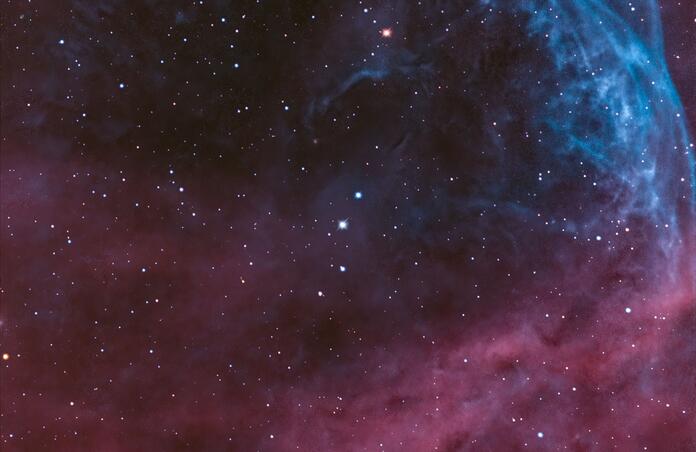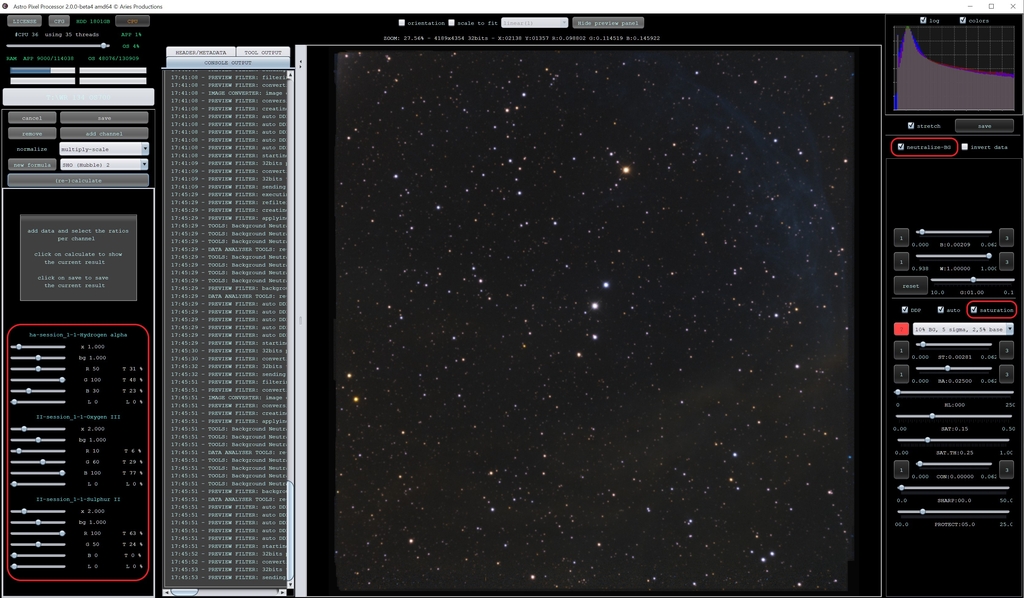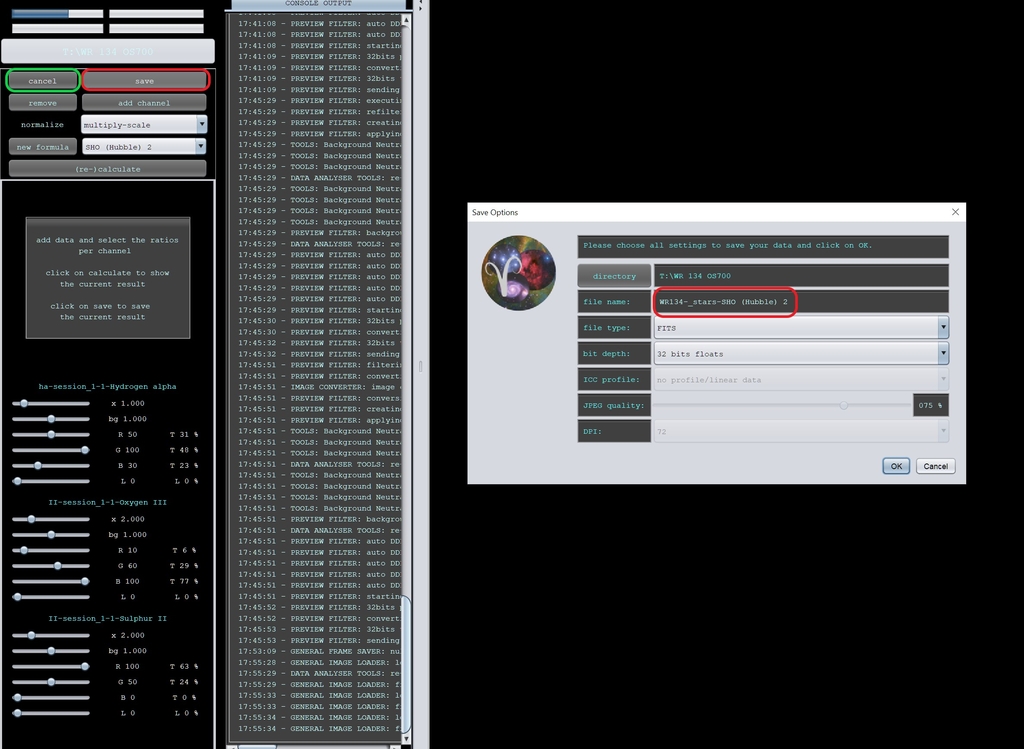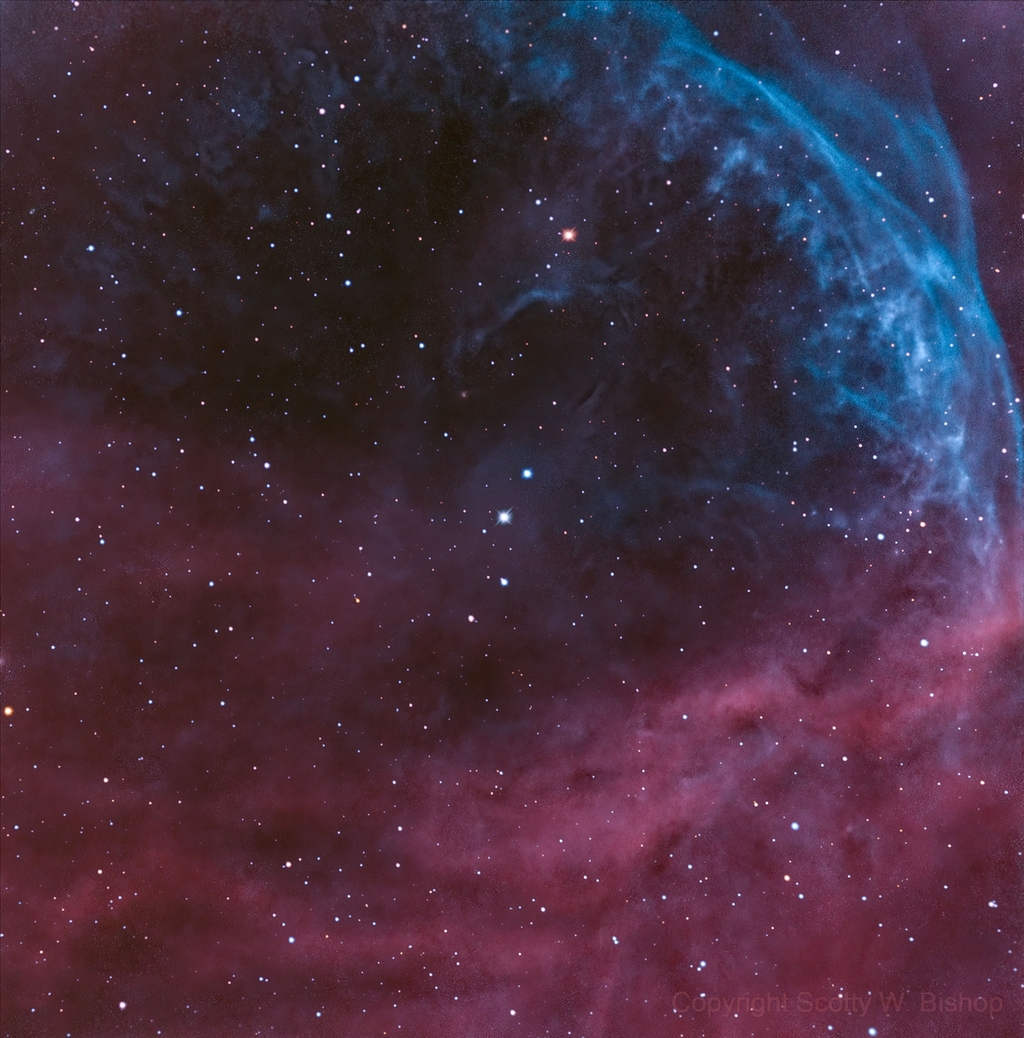How to Create RGB Stars in SHO Using APP

Hi everyone, today I am going to discuss how you can use APP to pull off false RGB stars in your SHO images. Plenty of times when I do an image that is narrowband I would like to have stars that are more of what I would expect to see in LRGB combined with it, but that isn't always possible, so instead I do a mix for stars in APP that gives me a false RGB star color.
First you need to do your stacking and all that and get to the RGB combine step in APP. Select Any of the SHO or HSO combinations, I generally pick SHO (Hubble) 2 for mine because that is what I normally use as my starting point when doing an SHO combine before I start messing with the sliders to get a good result.

For my start you can see where I have my weightings and color mixes on each of the Ha, Oiii, and Sii channels to get where I want as my basis. Make sure to only run this at a 10% stretch and make sure to have saturation and neutralize background checked on your preview.
Take note of my weightings and percentages. For Ha I have x at 1.000, R at 50, G at 100, and B at 30. For Oiii I have x at 2.000, R at 10, G at 60, and B at 100. For Sii I have x at 2.000, R at 100, G at 50, and B at 0. The bg part will be left as default and L as 0 in all channels.
Now that we have our base star colors set we can do some tweaking on them. Go ahead and save this in APP as something like "WR134_stars-SHO (Hubble) 2" using the object names as the basis for your naming convention, then hit the cancel button. After that you can tweak the star colors to whatever your taste is using either the selective color tool in APP, the Hue/Saturation tool in Photoshop, or whatever color balancing tools you want in your photo editing tool of choice.

For this image I used the stars to go into my HOO version of WR 134 and it worked out pretty well. If you would like to try this the images used in this are available here: WR134 from SPA-2

This blog post was originally published in our Telescope Live Community.
The Community represents Telescope Live's virtual living room, where people exchange ideas and questions around astrophotography and astronomy.
Join the conversation now to find out more about astrophotography and to improve your observation and post-processing skills!
